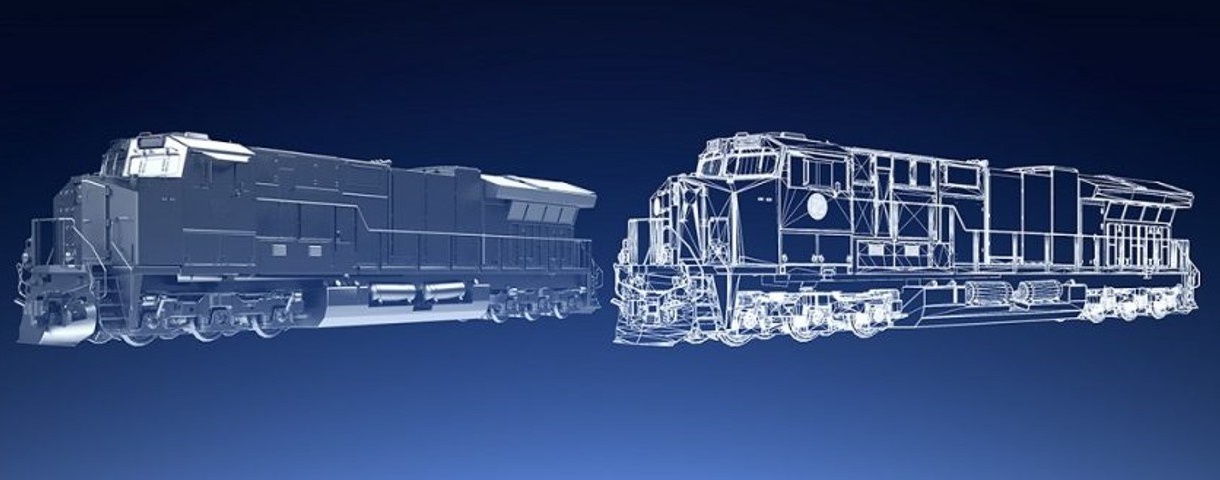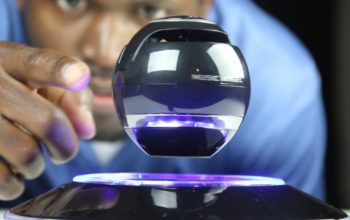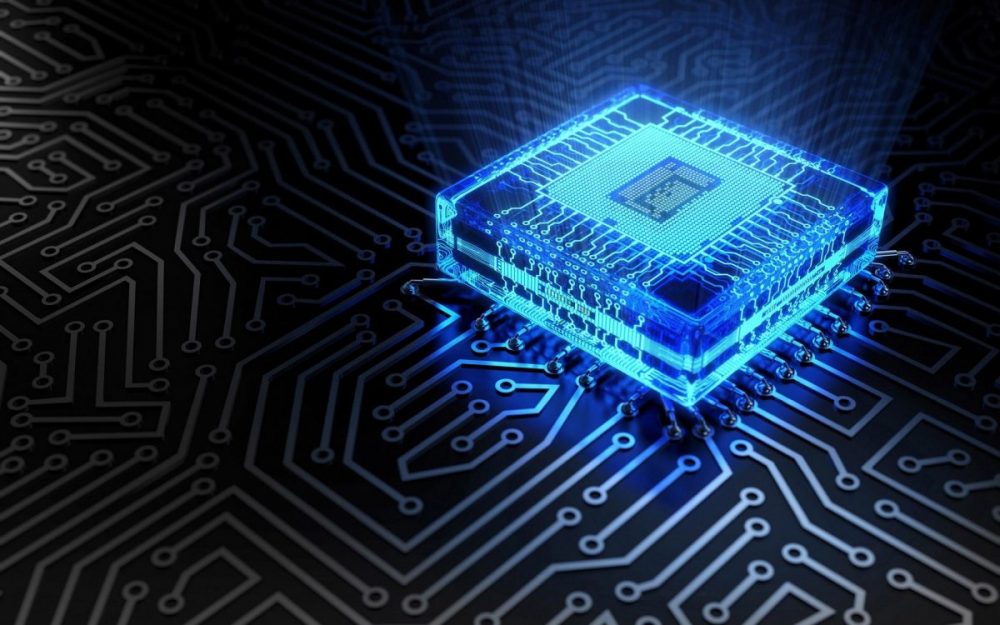A digital twin is a cross-domain digital model that precisely denotes a product or performance of a product in operation.The digital twin evolves and continuously updates to mirror any modification to the physical counterpart throughout the counterpart’s lifecycle, generating a closed-loop of reaction in a simulated environment that offers the right process design for their products and manufacturing processes.
Digital twins are generally used in entire product development to simulate, analyst, and improve the product and production system before financing in physical prototypes and assets. By combining multi-physics simulation, data analytics, and machine learning capabilities, digital twins can regulate the outcome of design changes, usage scenarios, environmental conditions, and other limitless variables – eliminating the need for physical prototypes, reducing development time, and improving quality of the finalized product or process.To accurate modelling over the entire lifecycle of a product, digital twins use data from sensors situated on physical part of system to regulate the object’s real-time performance, operated conditions, and changes in system over time. By use of this data, the digital twin continuously updates to update any alteration to the physical part throughout the product cycle, generating a closed-loop of feedback in a simulated environment that empowers companies to continuously enhance their products, production, and performance at nominal cost.
How Does Digital Twin Works ?
Capabilities for detecting key characteristics of the real asset’s state and behaviour. This typically implies sensors with corresponding processing capabilities for data quality improvement, such a tuning, filtering, time synchronization. Preserving the integrity of the specifications.
This can be specific end-to-end user applications for observing and control, it can be old applications for maintenance and asset management, or for pattern recognition and decision provision data flowing from twin feed to data analytics and machine learning models. The technology idea used in the sap predictive engineering insights is formed on the principle of annotations and stimulations. Observations are made by physical sensor measurements on a real structure. Actuator motions ruled by sensor measurement data are advantageous in a simulation model by stimulating the digital twin of the real system.Sensors attached to the physical product gather data and send it back to the digital twin, and their interaction helps optimise the product’s performance via a maintenance regime.
Why Is Digital Twin Technology Is Important ?
Digital twins are robust masterminds to drive innovation and performance. Imagine it as your most talented product technicians with the most advanced monitoring, analytical, and predictive abilities at their fingertips. There will be billions of things signified by digital twins within the next five years. These changes of the physical world will lead to new alliance opportunities among physical world product experts and data scientists whose jobs are to recognize what data tells us about operations.
Digital twin technology helps companies improve the customer experience by well understanding customer needs, advance enhancements to existing products, operations, and services, and can even help drive the innovation of new business. For example, GE’s “digital wind farm” opened up new ways to enhance productivity. GE uses the digital environment to inform the configuration of each wind turbine in advance of construction. Its goal is to produce 20% increases in efficiency by analysing the data from each turbine that is fed to its simulated equivalent. “For every physical asset in the world, we have a virtual copy running in the cloud that gets better off with every second of operative data,” says Ganesh Bell, chief digital officer and general manager of Software & Analytics at GE Power & Water.
Conclusion
Over the last decade, dramatic advances have been place in the capabilities and technologies of the data collection for the physical product as well as the design and presentation of the digital product. The connection between the two data sources has lagged far behind their development, which hinders the applicability of the digital twin to various activities in industry and manufacturing.



